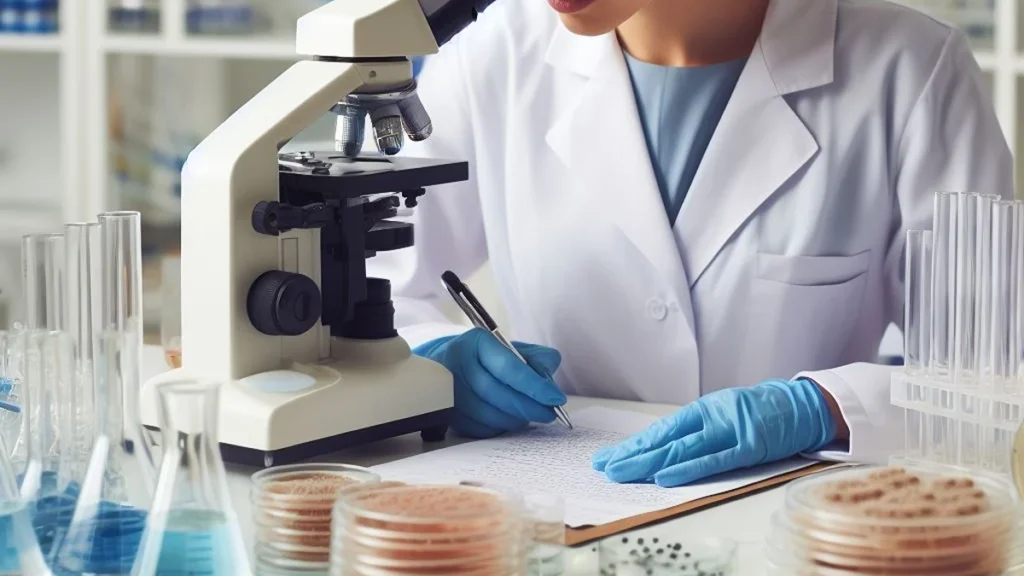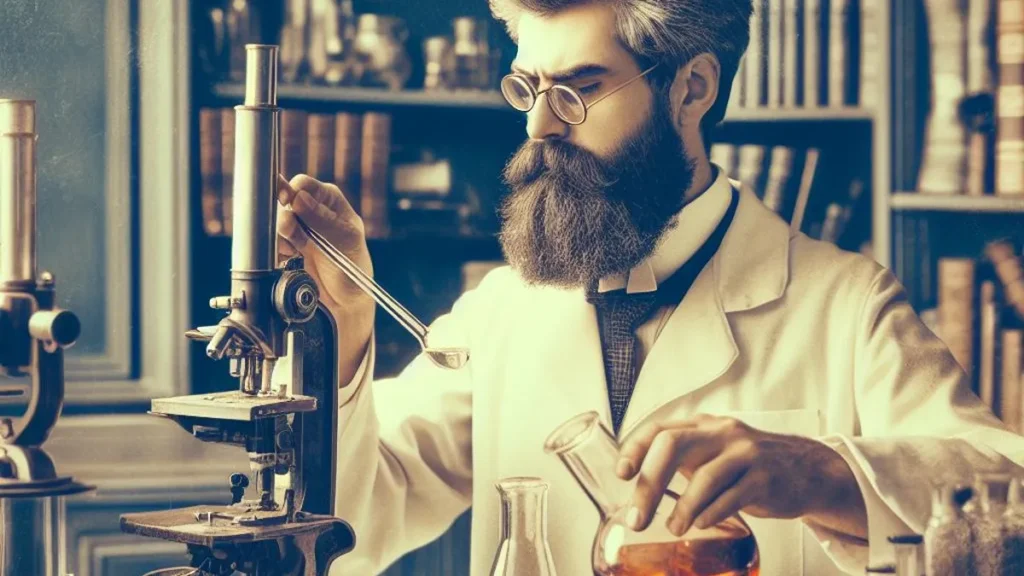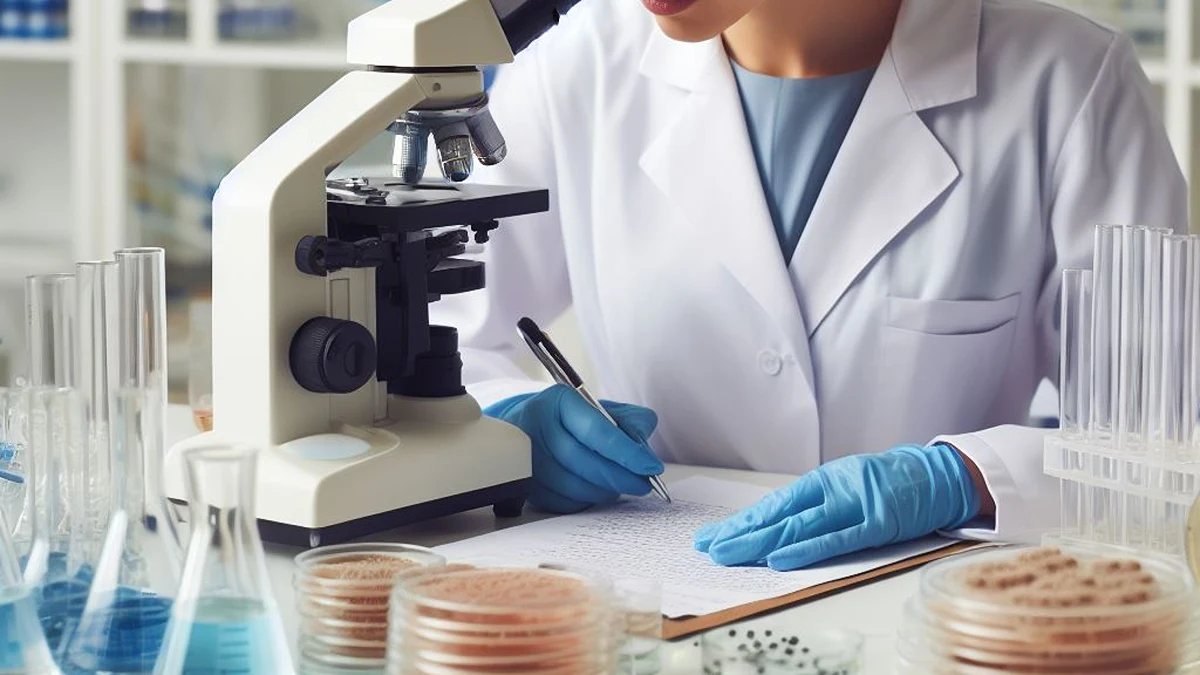
Before discovery of bacteria, cause of outbreaks was not known which lead to death of millions. Afterwards work of many scientists contributed to find out the cause of various diseases and established their relation with the disease. They identified that bacteria is a unicellular, microscopic organisms which can be found in all environments including animal bodies ,soil, water and organic matter they can also inhabit glaciers and hot water streams.
They are distinct in genetically and morphologically, for instance, they may have spherical, rod like, or spiral shapes. There are many pathogenic bacteria which cause diseases in animals and humans while many are beneficial and help in metabolic processes of body. Work of seven bacteriologists which contributed in discovery of bacteria is discussed as under.
Role of Girolamo Fracas Toro in discovery of bacteria, 1546:
In 1546 Girolamo Fracastoro, the Italian scholar proposed theory that there may be imperceptible seed-like particles which are transmissible which can cause illness and cause outbreaks in community. He called the “seminaria morbi”. It took centuries to find out that the bacteria are one example of such ‘particles’ as causative agent of various outbreaks.
Role of Antoni van Leeuwenhoek in discovery of bacteria (1632-1723):
Leeuwenhoek, a cloth merchant from Belgium, is deemed to be discoverer of bacteria by using microscopes he developed himself and afforded humanity a glimpse into a new world. In 1675, he studied pond and rainwater and discovered small organisms he called as little animals “animalcula” (protozoa and bacteria). Later on, he observed these organisms in human saliva and dental plaque.
He rubbed his teeth with salt and killed bacteria by gargling with vinegar. Scientists at that time believed the theory of miasmas, epidemics were caused by toxic emanations from the ground, and it took almost 200 years to recognize the significance of microorganisms as causes of disease or outbreak.

Role of Ignaz Semmelweis in Discovery of Bacteria (1818-1865):
Ignaz Semmelweis, the Hungarian physician or surgeon, also known as the ‘savior of mothers’ recognized the importance of cleanliness and hygiene in hospitals. He suggested and implemented hand washing with chlorinated lime solutions before patient examinations. His work proved that disinfection could contain the spread of disease. He instigated a policy demanding all surgeons and physicians in the maternity clinic at the General Hospital in Vienna to wash or disinfect their hands with chlorinated lime before each examination. As a result the mortality rate then fell from up to 30 % to just 1.3 %.
Role of Casimir Davaine in Discovery of Bacteria, 1860:
In 1860s Casimir Davaine ,the French physician, demonstrated that blood injections from animals infected anthrax animals to healthy animals cause infection which provided further clues for the cause of disease.
Role of Robert Koch in Discovery of Bacteria (1843-1910):
Robert Koch, German physician, conducted a systematic research to find out the microorganism responsible for the disease. He proposed ‘Koch postulates’ which established causative relationship between microorganisms and the disease and opened the door towards modern bacteriology .
In 1882 Koch, Bernhard Fischer and Georg Gaffky, successfully isolated the Mycobacterium tuberculosis and his work finally proved the correlation between microorganism and the disease and in 1884, he isolated Vibrio cholera. Due to these milestone discoveries he was awarded one of the first Nobel Prizes in Physiology or Medicine (1905)
Role of Louis Pasteur in Discovery of Bacteria (1822-1895):
Louis Pasteur, the French chemist and bacteriologist, proposed “germ theory of disease” and contributed in understanding the cause of disease. He identified the bacteriological roots of fermentation and decay in 19th century and developed pasteurization process, in which food could be disinfected and preserved through heating or boiling.
Role of Sir Joseph Lister in Discovery of Bacteria (1827-1912):
Joseph Lister, Scottish surgeon, successfully started using phenol (carbolic acid) for disinfection of wounds prior to surgery to avoid infections.

Emergence of Public health Care Systems
After discovery of bacteria and its correlation with disease governments finally started to realize the need of systematic public health development in the middle of the 19th century, It was identified that bacteria may flourish in garbage and sewage contaminating drinking water therefore they gave special attention to the cleanliness of cities and supply of clean drinking water. In the end of 19th century, use of disinfectants for hands and wounds, sterilization of food items and use of sterile materials became more common in field of medicine and surgery.
The last major bacterial outbreak occurred due to vibrio cholera in Germany came in 1892. The main cause of death was infected drinking water taken from the Elbe River unfiltered. Almost 17,000 residents of Hamburg became infected while over 8,600 died.
After that, health authorities of government raised awareness by distributing leaflets to take precautions, distributed and encouraged use of boiled water and also offered bacteria free food in public squares. They also disinfected streets and buildings with chlorinated lime, phenol, Lysol, and Creolin. After this remarkable discovery a lot of antibiotics were discovered to treat deadly bacterial infection which resulted in death of millions in human history.
